UK: Swine dysentery – pig producers alerted
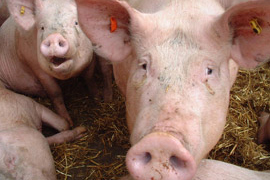
BPEX is reminding pig producers to be extra vigilant for symptoms of swine dysentery and step up defences. At this time of year, the risk of dysentery is high and cases have been found in Yorkshire, UK.
“The disease can spread rapidly both within and between units, particularly in the current cold, wet conditions,” warns BPEX’s interim veterinary programme manager, Helen Clarke.
“With such an economically damaging infection, it is imperative any suspected symptoms are acted upon as soon as possible. Swine dysentery can vary in severity, ranging from mild diarrhoea to severe loss of growth, high mortality and bloody, mucoid diarrhoea. It is important to remain vigilant against any changes in faecal consistency or condition of pigs as severity of infection can develop.
Clinical signs can be particularly hard to see on outdoor units. Taking regular faecal samples from your pigs (particularly incoming stock) and having them tested for dysentery is a good routine practice to get in to.
She recommends that all producers tighten up on biosecurity measures. “The bacteria Brachyspira hyodysenteriae live in the large intestine and are passed out in dung. This is why it is so easily spread on boots, vehicles and equipment as well as by rodents and birds, and why hygiene is so important.”
Swine dysentery can live in manure and slurry for up to 60 days in cold weather, so producers must make sure their herds are well defended by reviewing the following:
• Cleaning and disinfection of vehicles, equipment and people.
• Internal and external biosecurity programmes specific to the farm and situation
• Herd security – know the status of pigs and vehicles coming on to the unit
• Vermin control – rats, birds, mice and insects
• Medication options – discuss with the unit vet where necessary.
The best way to keep up-to-date with the status of any swine dysentery cases is to sign up to BPEX’s swine dysentery Producer Charter. The Charter will provide producers with full details of breakdowns on other signed-up units in their area as soon as the confirmed reports are received. They will be updated via email, letter and text message.
To sign up to the swine dysentery Producer Charter and for information sheets on swine dysentery and biosecurity, go to www.pighealth.org.uk/phip/news.eb or email pighealth@bpex.ahdb.org.uk
“With such an economically damaging infection, it is imperative any suspected symptoms are acted upon as soon as possible. Swine dysentery can vary in severity, ranging from mild diarrhoea to severe loss of growth, high mortality and bloody, mucoid diarrhoea. It is important to remain vigilant against any changes in faecal consistency or condition of pigs as severity of infection can develop.
Clinical signs can be particularly hard to see on outdoor units. Taking regular faecal samples from your pigs (particularly incoming stock) and having them tested for dysentery is a good routine practice to get in to.
She recommends that all producers tighten up on biosecurity measures. “The bacteria Brachyspira hyodysenteriae live in the large intestine and are passed out in dung. This is why it is so easily spread on boots, vehicles and equipment as well as by rodents and birds, and why hygiene is so important.”
Swine dysentery can live in manure and slurry for up to 60 days in cold weather, so producers must make sure their herds are well defended by reviewing the following:
• Cleaning and disinfection of vehicles, equipment and people.
• Internal and external biosecurity programmes specific to the farm and situation
• Herd security – know the status of pigs and vehicles coming on to the unit
• Vermin control – rats, birds, mice and insects
• Medication options – discuss with the unit vet where necessary.
The best way to keep up-to-date with the status of any swine dysentery cases is to sign up to BPEX’s swine dysentery Producer Charter. The Charter will provide producers with full details of breakdowns on other signed-up units in their area as soon as the confirmed reports are received. They will be updated via email, letter and text message.
To sign up to the swine dysentery Producer Charter and for information sheets on swine dysentery and biosecurity, go to www.pighealth.org.uk/phip/news.eb or email pighealth@bpex.ahdb.org.uk
 Beheer
Beheer

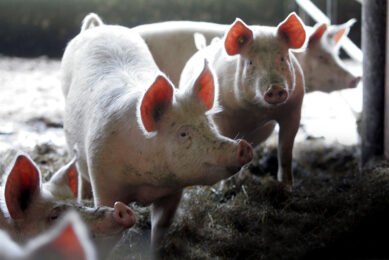
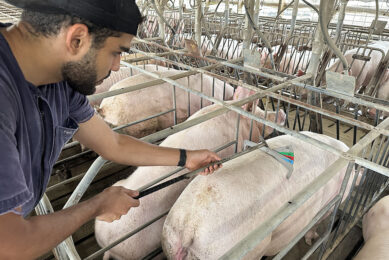
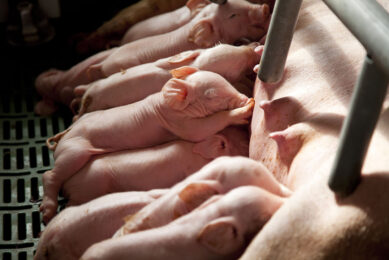
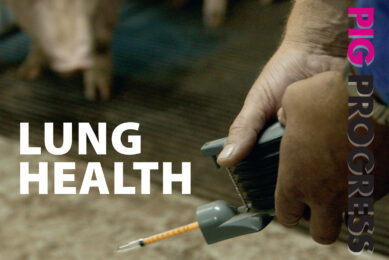



 WP Admin
WP Admin  Bewerk bericht
Bewerk bericht